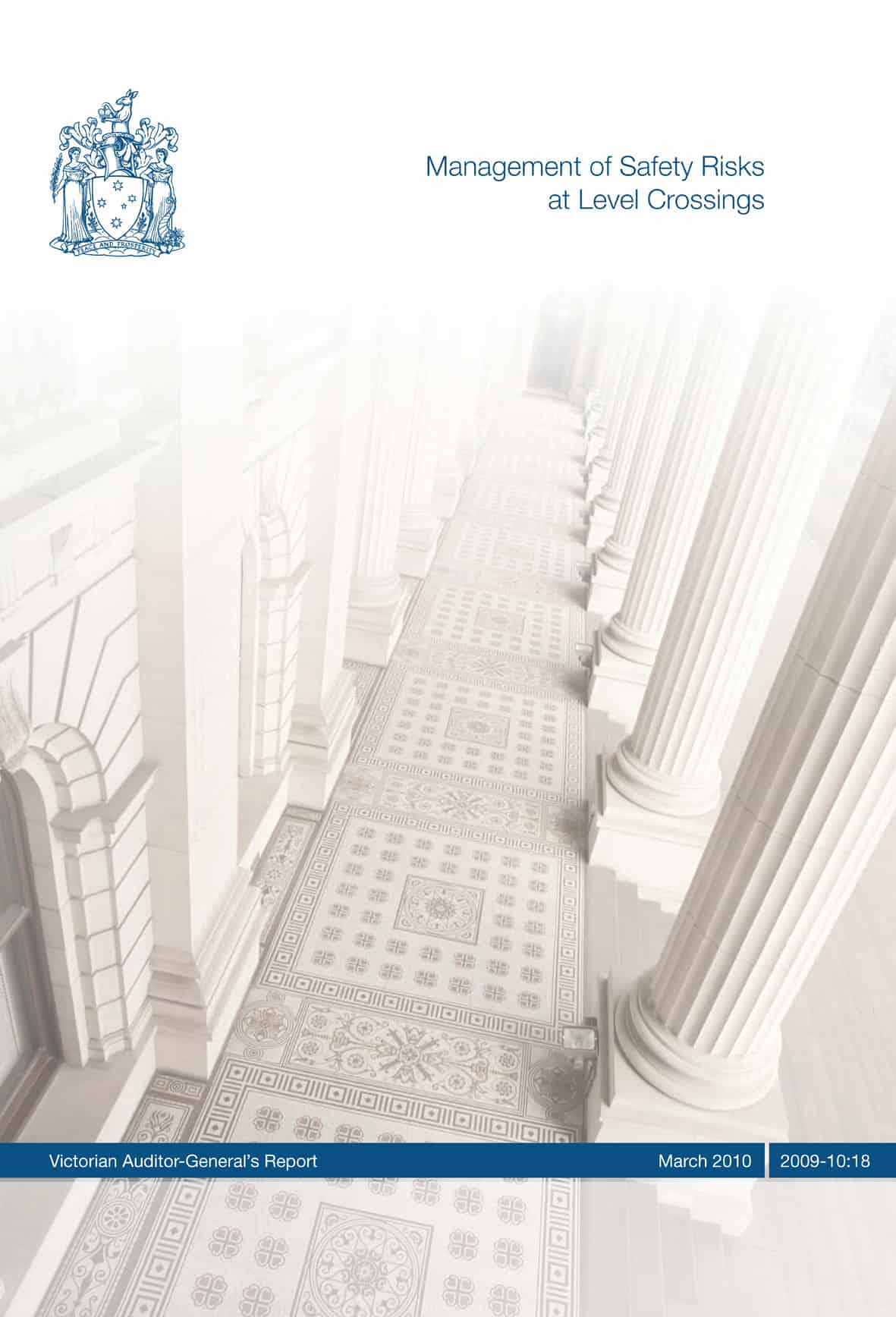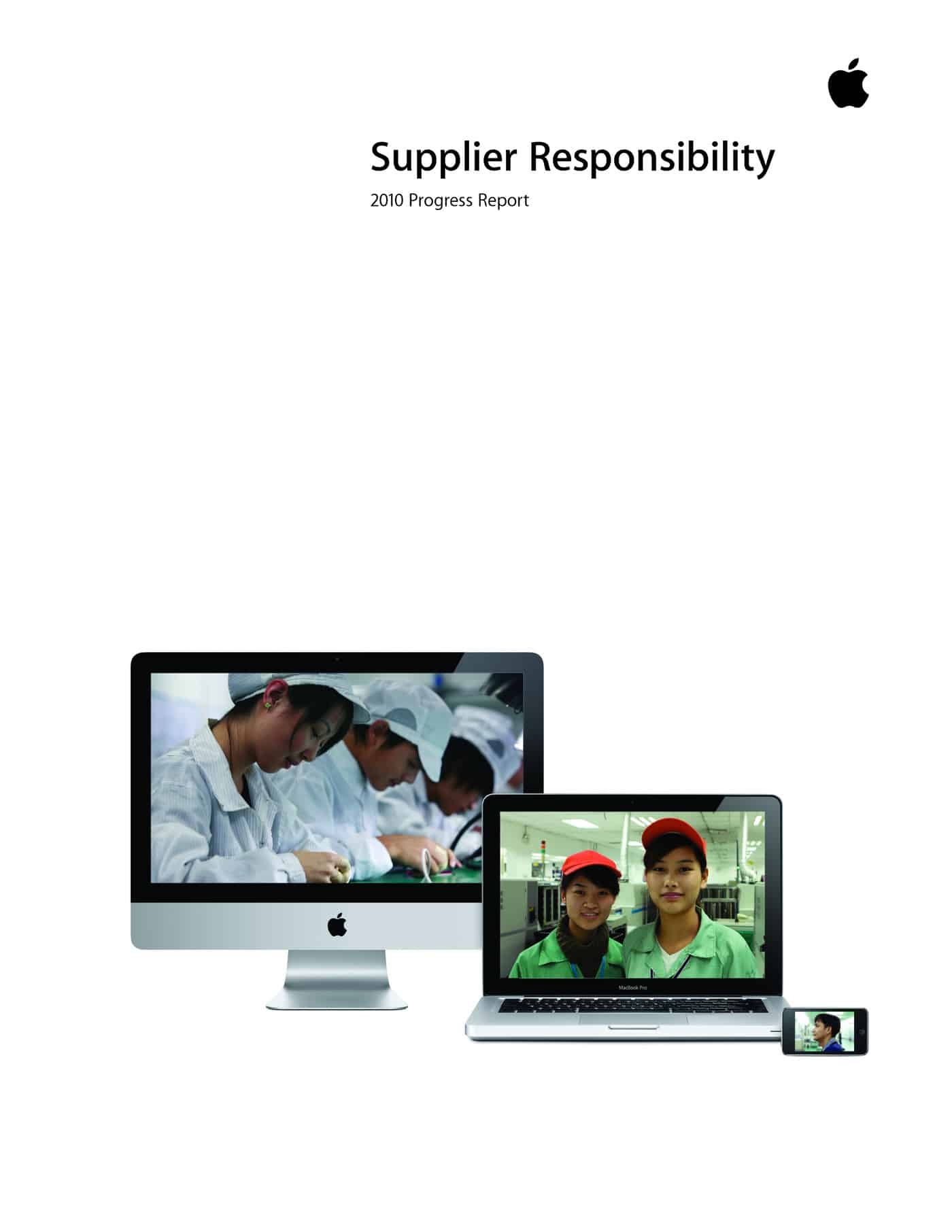Standards Australia may have been going through difficult financial times but the company that sells the documents created by Standards Australia is doing very well.
The Australian Financial Review on 26 May 2010 (not available online) reported on the continuing growth of SAI Global and the increasingly important role it may play in the United States’s emphasise on compliance. The AFR reports that the company receives 22% of its revenue from the US and growth in sales is tipped to reach 22% in 2009/10. So it is a good investment option but its influence may also be important to note for those corporate OHS professionals who operate in a world of compliance, best practice and audits. Continue reading “Economic opportunities in the need to comply”



 Apple has addressed some child labour concerns in several Chinese factories that manufacturer its products – the good news. The bad news is that children were allowed to work in these factories in the first place.
Apple has addressed some child labour concerns in several Chinese factories that manufacturer its products – the good news. The bad news is that children were allowed to work in these factories in the first place.